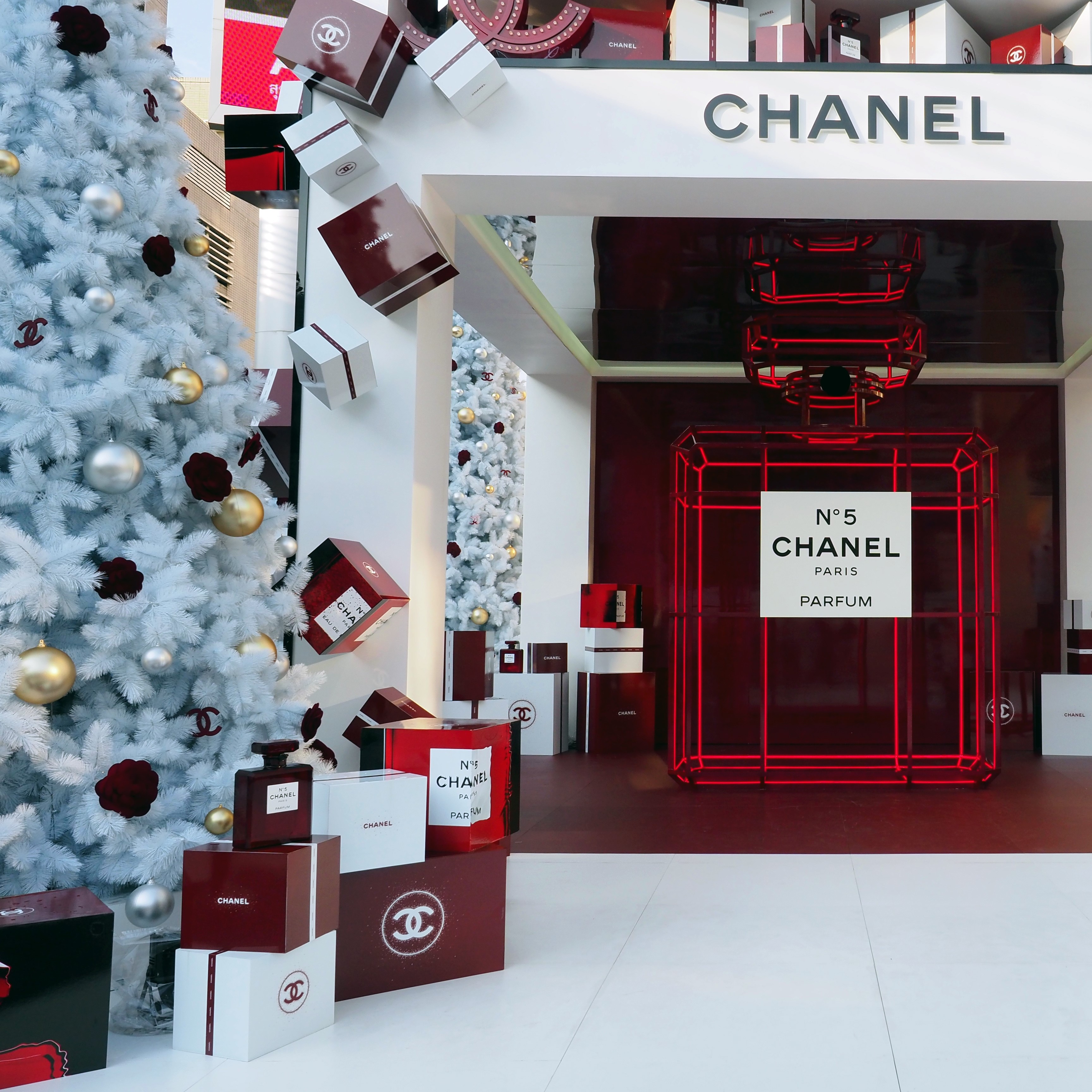14 December 2023

It’s that time of year when retailers drape their stores in festive decorations, shelves burst with seasonal packaging and businesses hope for a spike in sales.
Many retailers of everything from confectionary to cosmetics to food and alcohol have adopted festive packaging designs, holiday marketing campaigns and limited-edition products.
Lovers of the classic triangular chocolate bar Toblerone will know the sweet treat is covered in a seasonal sleeve at Christmas time – a strategy that reportedly increased sales by 400% when first printed in 2006.
So, are there real benefits for retailers who adopt festive season product launches and special Christmas product packaging? Do consumers buy more?
According to the University of South Australia’s Ehrenberg-Bass Institute of Marketing Science, making the switch to festive designs for the silly season has pros and cons for brands.
One of the biggest risks involved with seasonal packaging is the effect on brand distinctiveness, says Dr Will Caruso, senior marketing scientist at the Ehrenberg-Bass Institute, the world’s largest centre for research into marketing.
He says while festive packaging seems harmless, too much ‘Christmassy’ packaging makes it harder for consumers to find the brands they’re looking for.
“Leaning too far into festive packaging can come at a cost for brand distinctiveness. The festive season will be activated in the buyer’s mind and memory instead of a brand or product itself. This makes it harder for shoppers to find what they want in-store as buyers will look for familiarity and what they recognise,” Dr Caruso says.
Supermarket and department store shoppers can often be distracted when they are in-store. The demands of children, budgets and time-constraints mean they will rely on visual cues to save time and help them quickly get what they need, Dr Caruso says.
“These visual cues are known as distinctive assets and are shortcuts for buyers in the busy, cluttered in-store environment,” he says.
“Well-known distinctive assets include the colour purple for Cadbury chocolate, the M&M ‘spokescandy’ mascots and product forms such as the Lindt chocolate ball.
“It’s vital that brands understand what assets buyers use to locate a product and to keep these assets – such as colours and shapes – in seasonal packaging designs. Imagine if a block of Cadbury chocolate on the shelves suddenly became green, or if the M&M characters were replaced by Santa Claus?
“When these cues are missing, it’s harder for the shopper to scan the shelf quickly so they will just grab another brand instead.”
So how different should festive product packaging be?
Dr Caruso says consumers must be able to identify a brand first, before the seasonal variety – such as Christmas or Easter versions.
“A seasonal pack should be easily recognisable as an offshoot of the normal packaging that is found on the shelf for most of the year. Seasonal packs should work alongside the parent brand, and not clash with it,” he says.
Australians are expected to spend about $66.8 billion in the November to December 2024 Christmas trading period, a minor 0.1% increase on the previous year, according to the Australian Retailer Association in collaboration with Roy Morgan.
“The benefits of getting seasonal packing designs right are that they don’t take longer to find and present a festive feel. At this time of year, you might find a unique gift pack also, which is a bonus,” Dr Caruso says.
“However, consumers do not want to spend even more time in-store learning what products are what, as the store is busy enough already at this time of year. Packaging designs that do not focus on the brand identity run the risk of being solely linked to the festive season.”
END.
……………………………………………………………………….
Media contact: Melissa Keogh, Communications Officer, UniSA M: +61 403 659 154 E: Melissa.Keogh@unisa.edu.au




